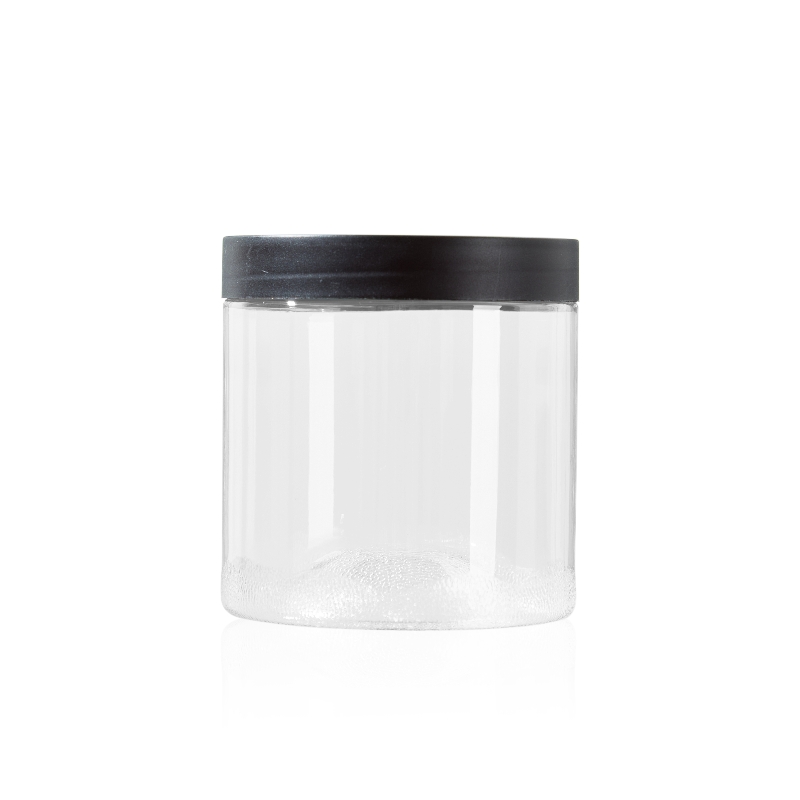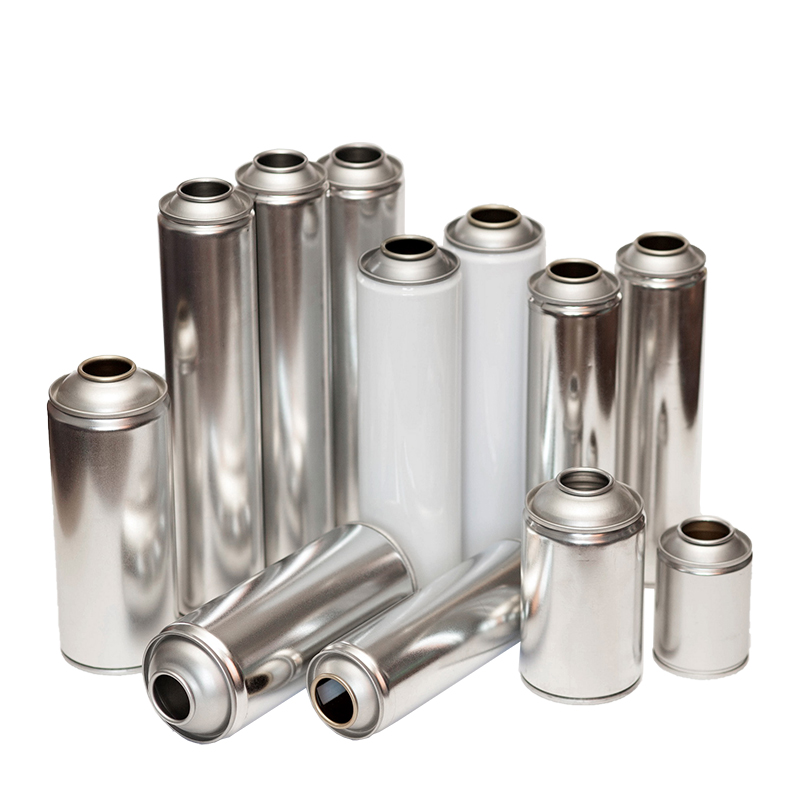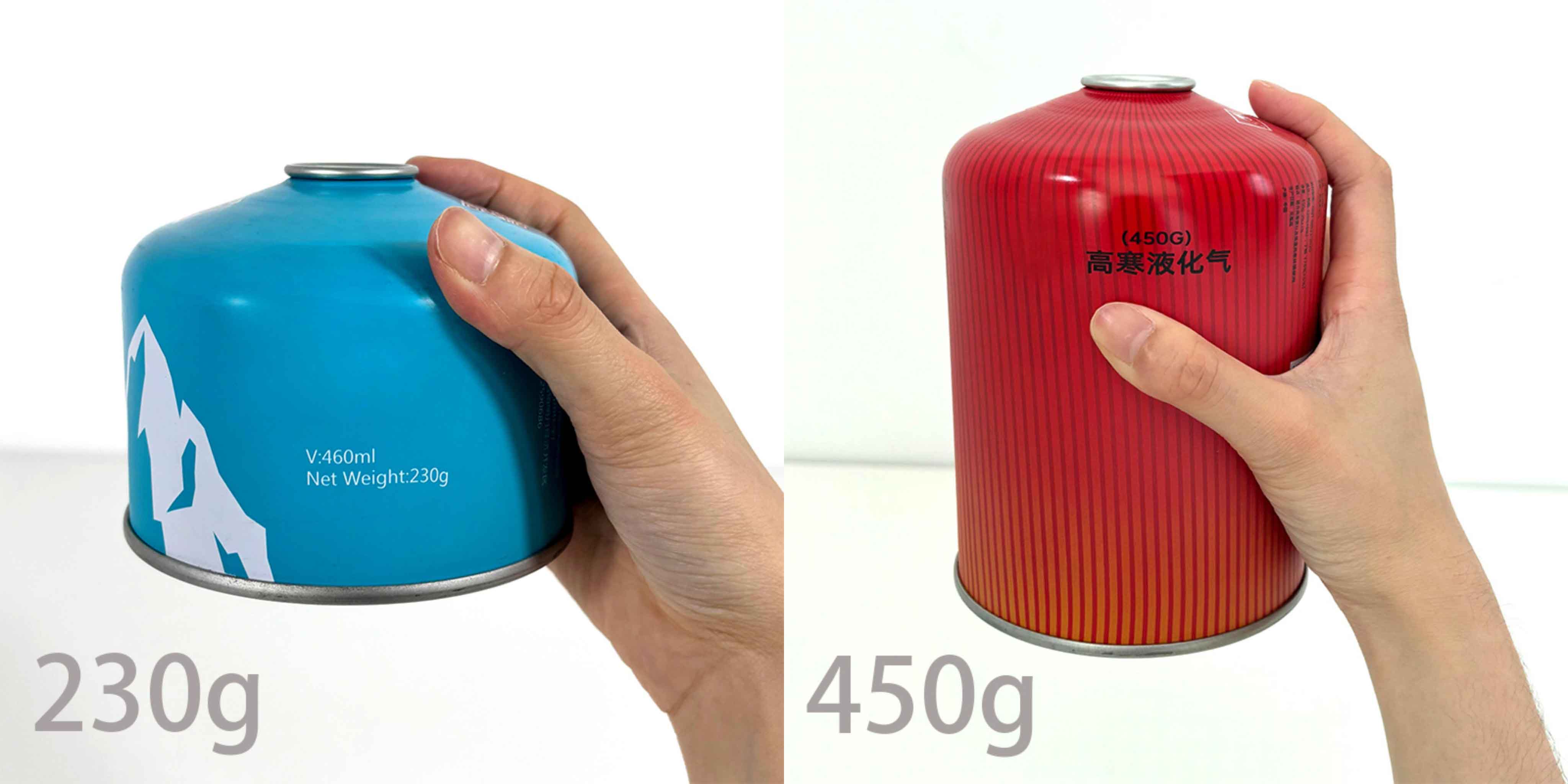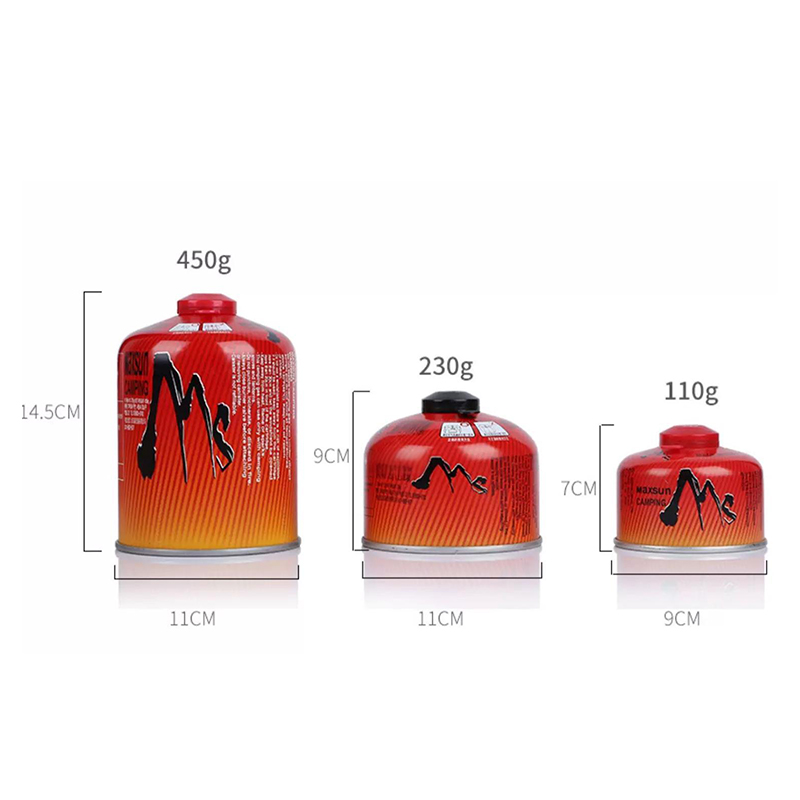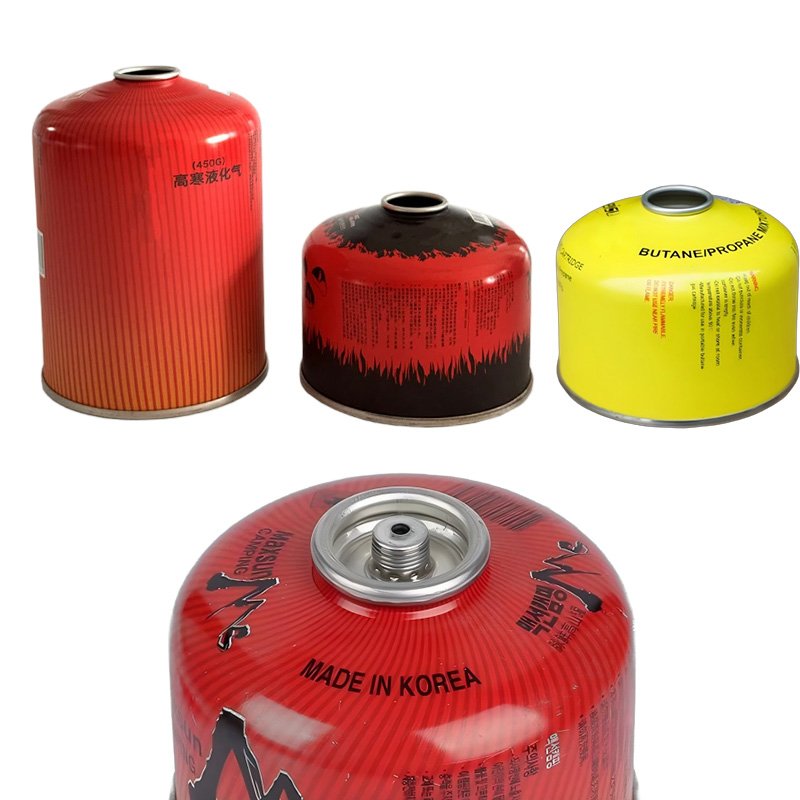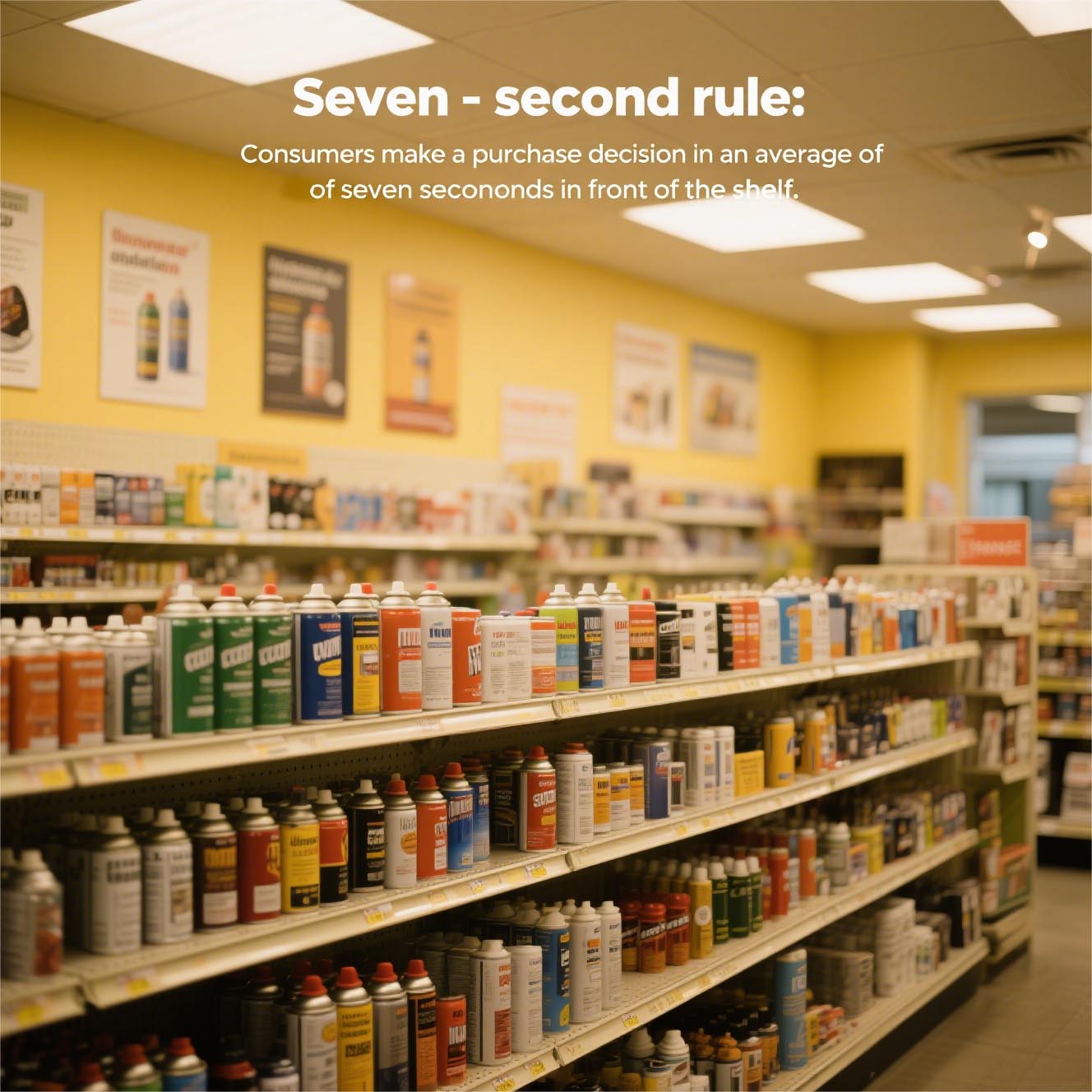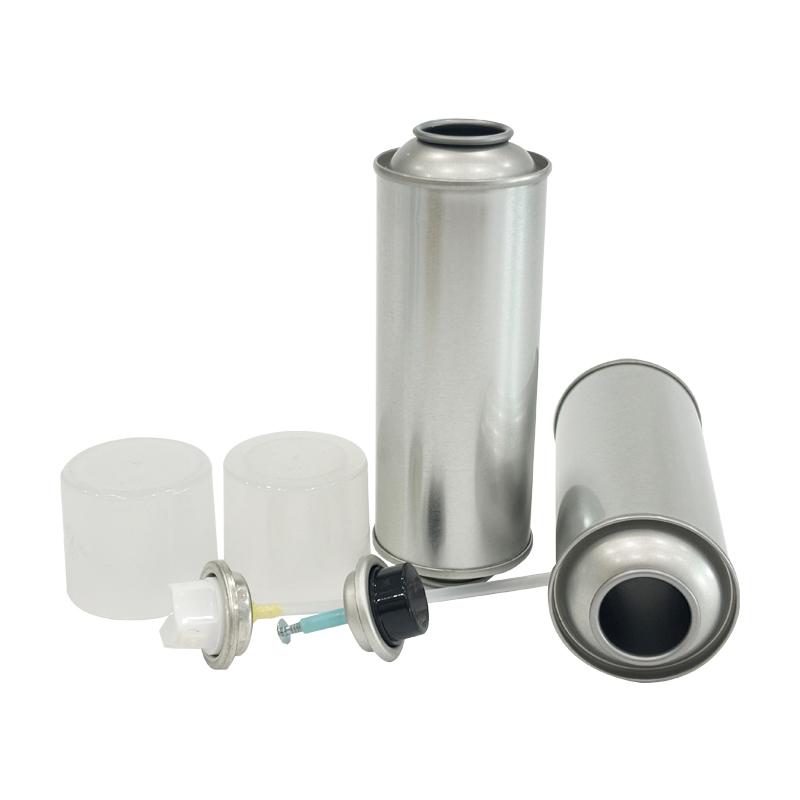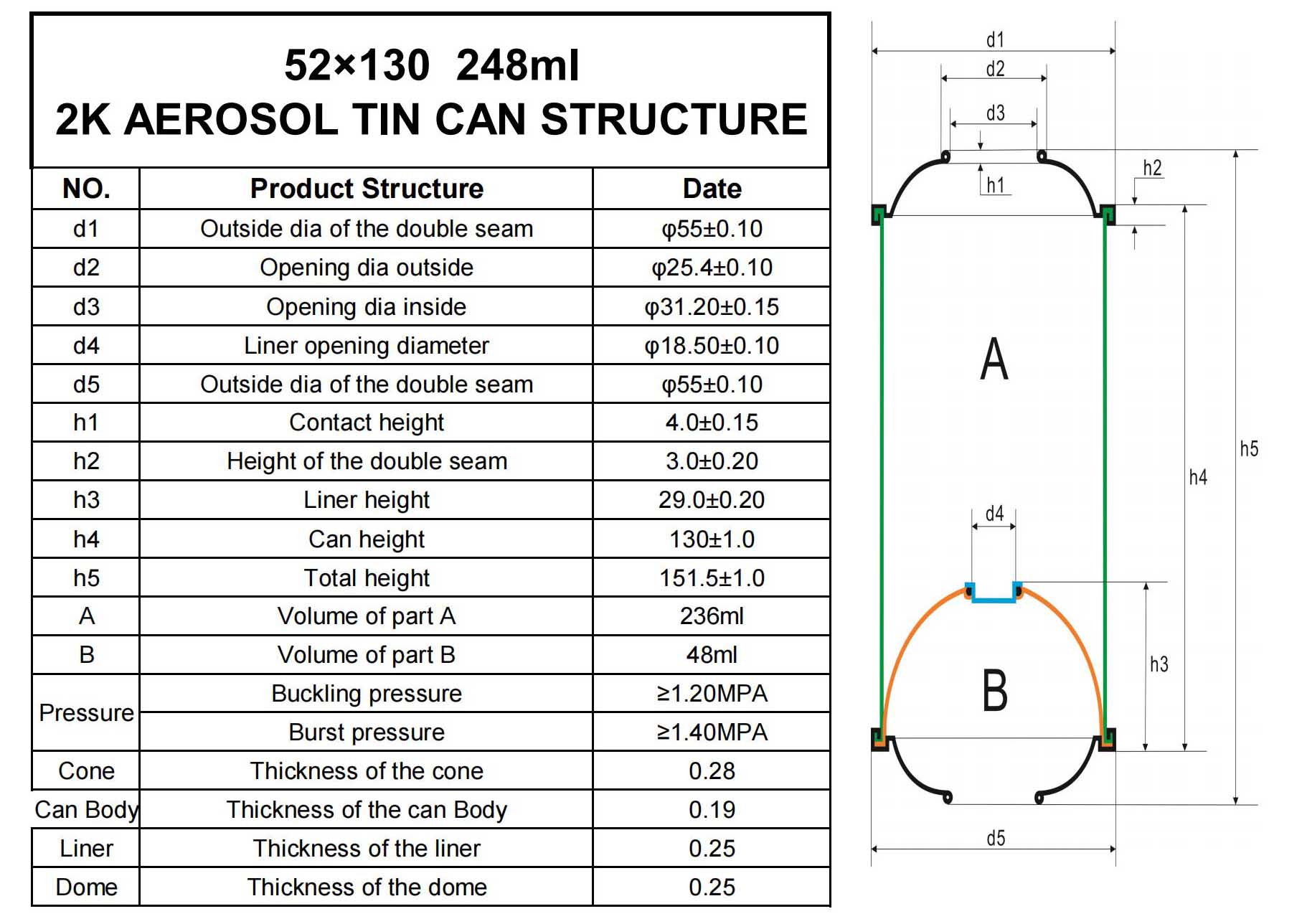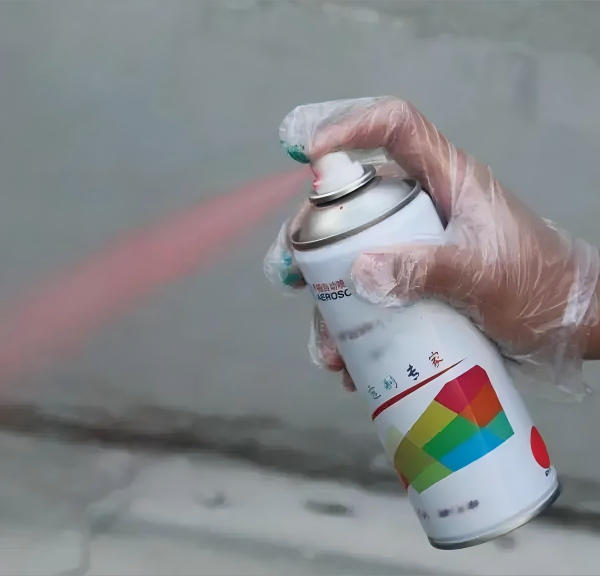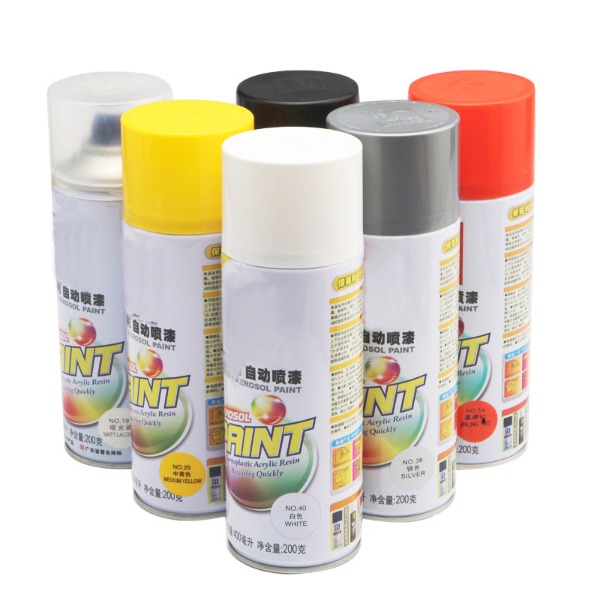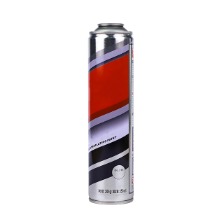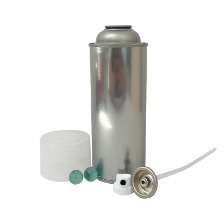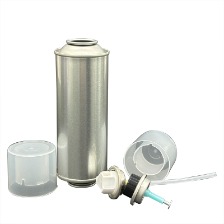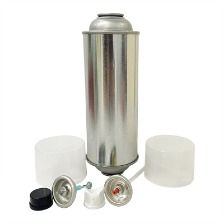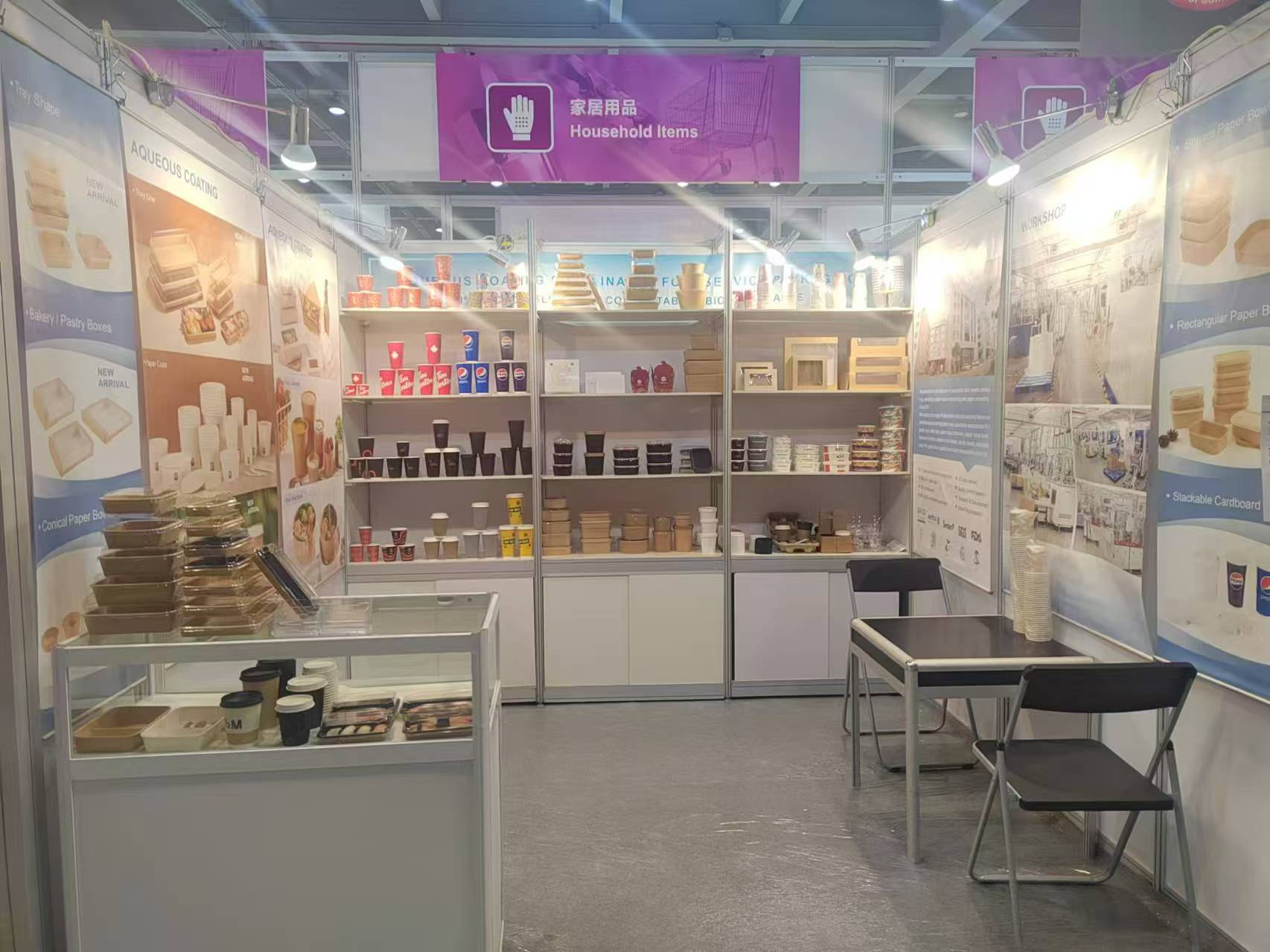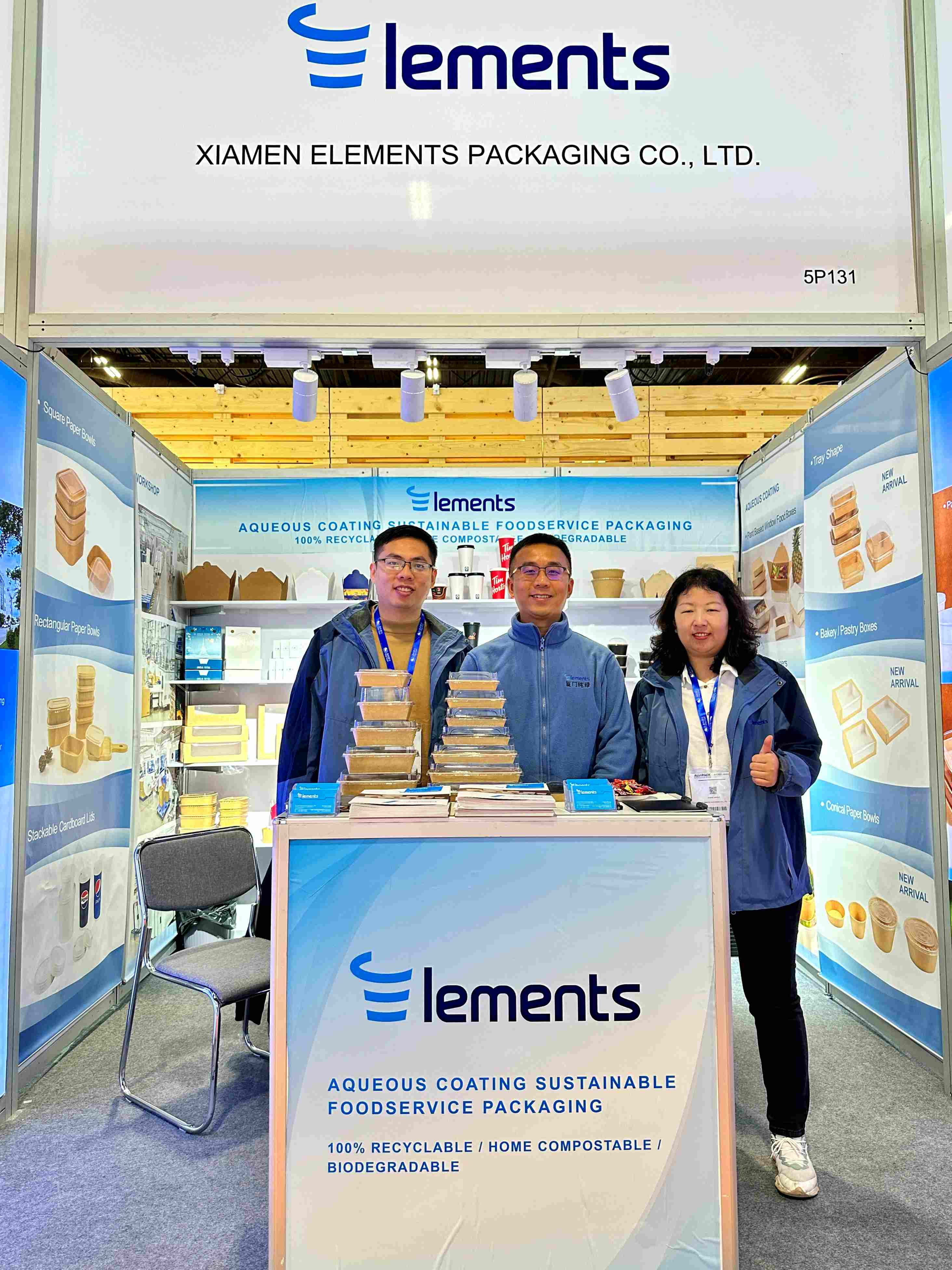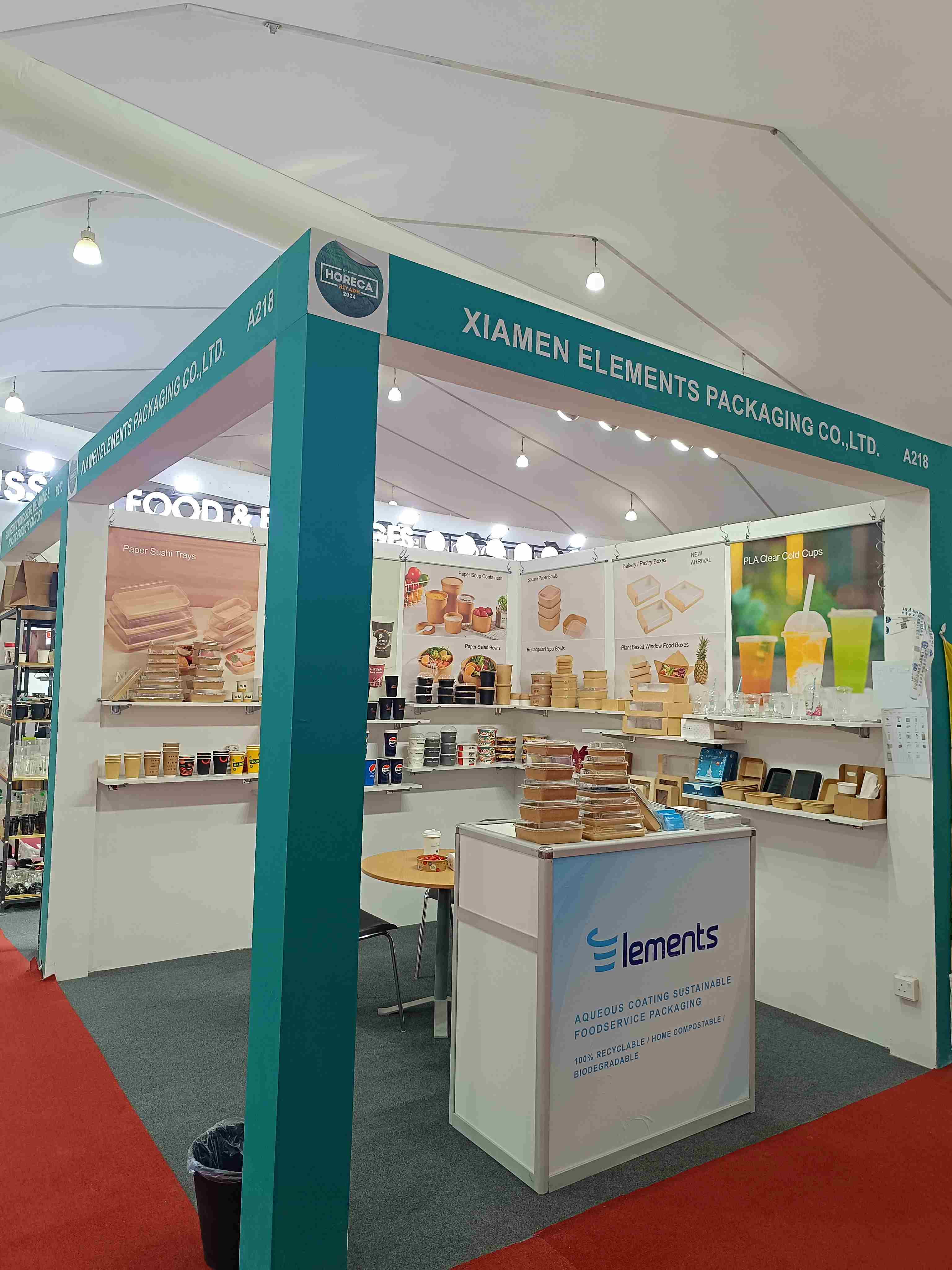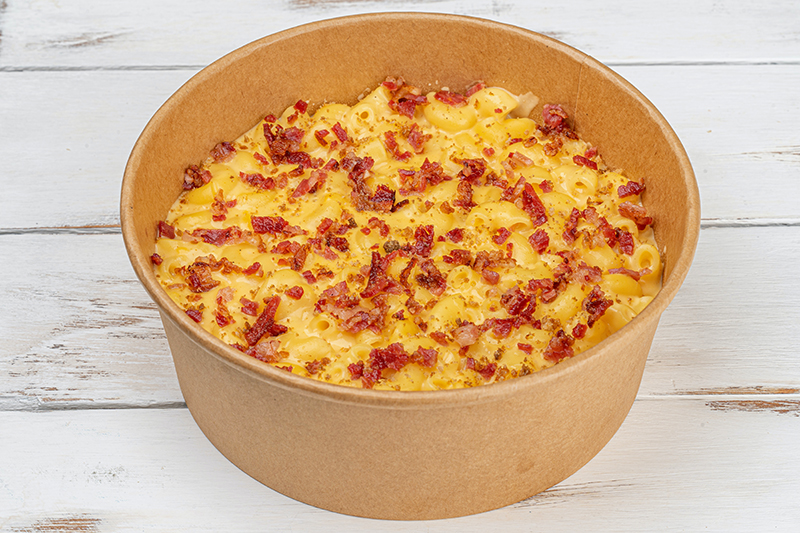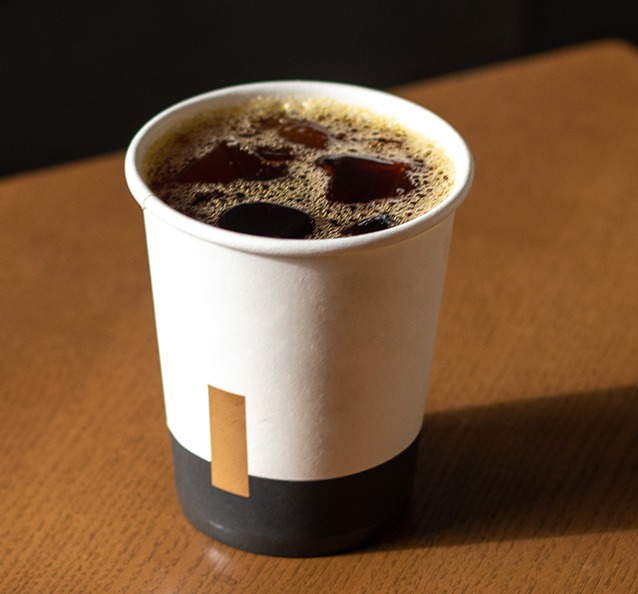When it comes to kitchen storage, convenience and durability are key. That’s why Easy Open Plastic Jars have become a popular choice for households that value both functionality and style. These jars are lightweight, shatter-resistant, and designed with user-friendly lids that make daily food storage hassle-free. But with so many options available, how do you choose the best ones for your kitchen?
Consider Material Quality and Safety
The first thing to look at when selecting Easy Open Plastic Jars With Lids is the material. Choose jars made from food-grade, BPA-free plastic to ensure safety for long-term use. High-quality jars not only protect your food but also resist scratches, stains, and odors, making them ideal for storing everything from dry snacks to spices.
Check the Lid Design and Seal
A good jar is only as effective as its lid. Easy open jars should offer an airtight and leak-proof seal to keep your food fresh while still being simple to open and close. Look for lids with ergonomic designs that allow effortless handling, especially if you plan to use Easy Open Plastic Jars for Food items like nuts, grains, or coffee.
Versatility and Size Options
The best storage jars are those that fit your lifestyle. Whether you’re organizing a compact pantry or stocking up for a large family, jars that come in multiple sizes provide the flexibility you need. Clear designs also allow you to easily see what’s inside, making your kitchen more organized and efficient.
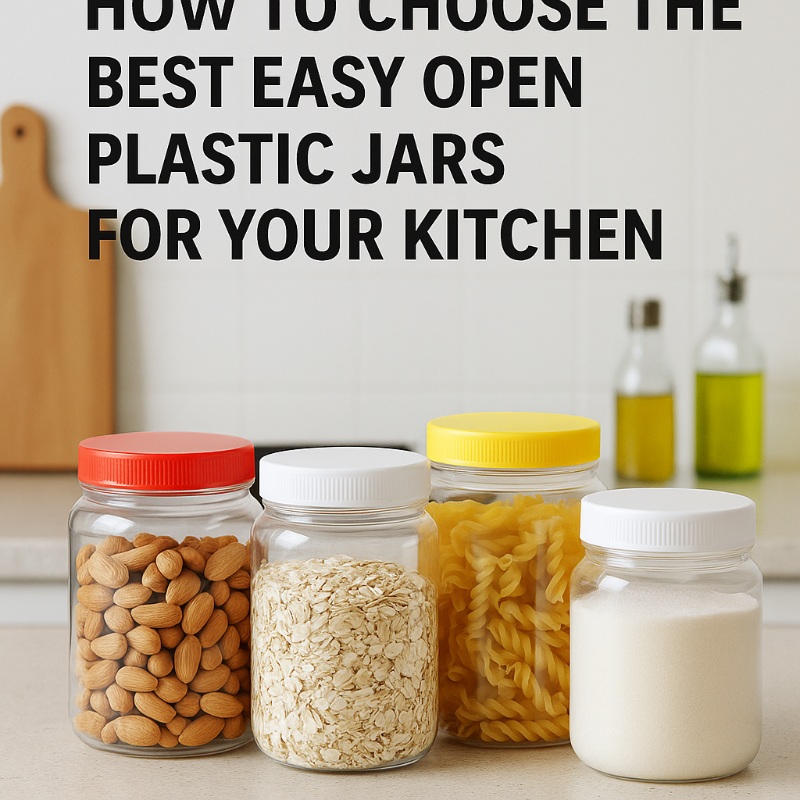
Why Choose Guangdong Shunfeng Plastic Jars
When it comes to reliable storage solutions, Guangdong Shunfeng plastic jars stand out in the market. Their jars are crafted from premium materials that prioritize safety, durability, and style. Beyond the product itself, Guangdong Shunfeng brings years of manufacturing expertise, strict quality control, and competitive pricing. This makes them a trusted partner for both households and businesses worldwide.
